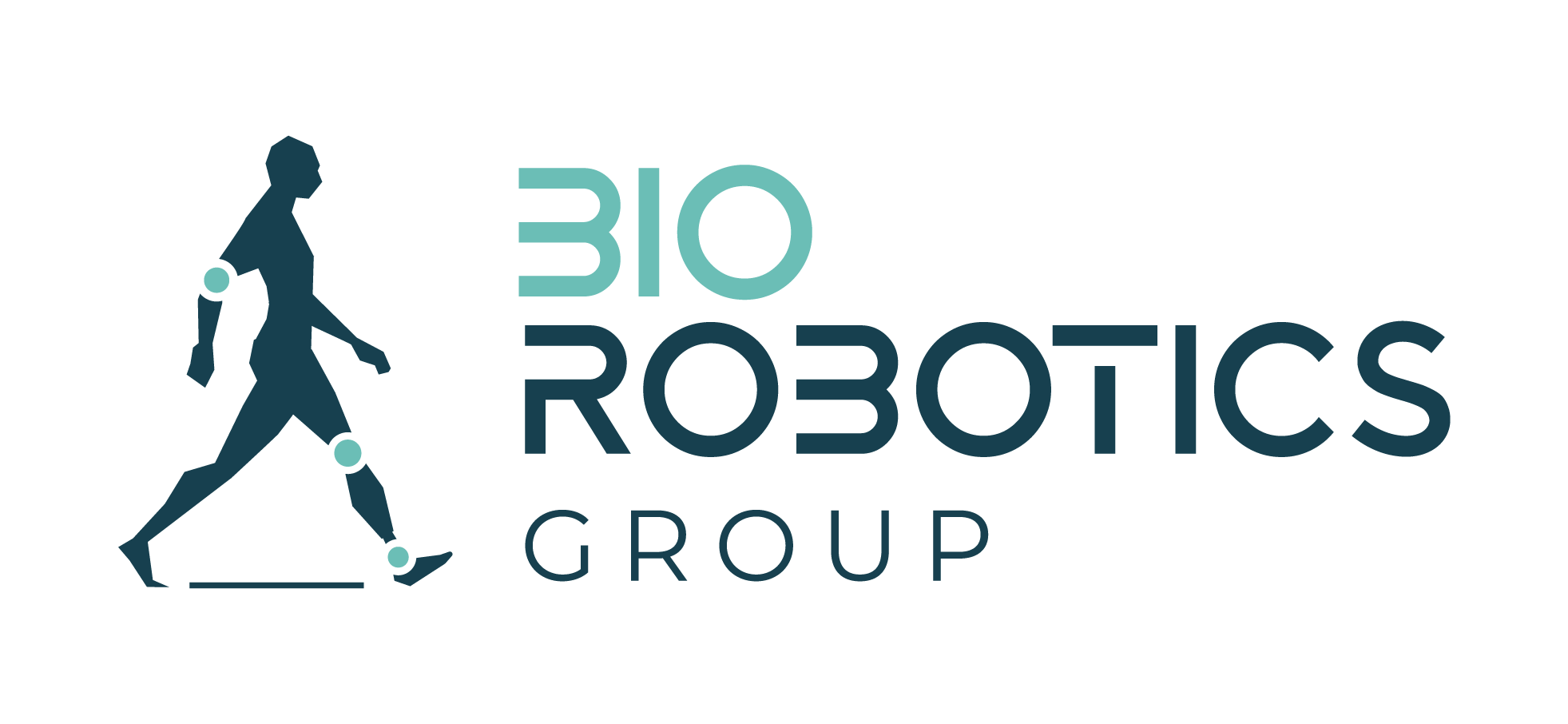Digital & Physical models
Definition of the line
This research line aims at developing subject-specific cyber-physical twins, i.e. a combination of digital and physical representations of subject-specific humans, used to:
• Improve, inform and adapt the design of WRs to the unique physical characteristics of its wearer.
• Train and personalize WR controllers able to adapt to the needs of each specific user and pathology
• Assess and demonstrate the performance and safety of the WR before its use in real humans.
History/expertise of the group in this line
Human-exoskeleton interaction Our goal here is to assess and predict the transmission of forces between an exoskeleton and an individual during a wide range of operative conditions.
Related projects
Relevant papers
• Dežman, M., Massardi, S., Pinto-Fernandez, D., Grosu, V., Rodriguez-Guerrero, C., Babič, J., & Torricelli, D. (2023). A mechatronic leg replica to benchmark human–exoskeleton physical interactions. Bioinspiration & Biomimetics, 18(3), 036009.
• Massardi, S., Rodriguez-Cianca, D., Moreno, J. C., Lancini, M., & Torricelli, D. (2024, September). Effects of Knee Joint Misalignments on Human-Exoskeleton Interaction Dynamics. In 2024 10th IEEE RAS/EMBS International Conference for Biomedical Robotics and Biomechatronics (BioRob) (pp. 971-978). IEEE.
• Massardi, S., Rodriguez-Cianca, D., Cenciarini, M., Costa, D. C., Font-Llagunes, J. M., Moreno, J. C., … & Torricelli, D. (2023, September). Systematic evaluation of a knee exoskeleton misalignment compensation mechanism using a robotic dummy leg. In 2023 International Conference on Rehabilitation Robotics (ICORR) (pp. 1-6). IEEE.



